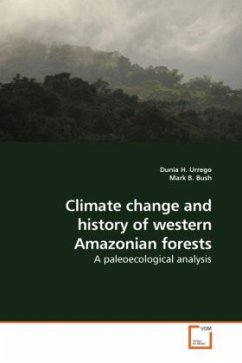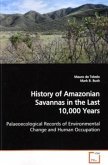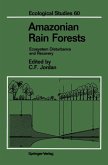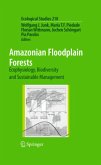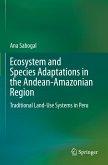Amazonia is a center of biodiversity and explanations of its evolutionary history have hinged on climate change. Recently, attention has shifted to the role of future climate change on that biodiversity, as climate models predict as much as a 5ºC warming by the end of the 21st century. The history of the region, and whether Amazonia has experienced climate change on that scale and speed, is largely unknown. A great number of questions remain unanswered because our current knowledge of paleoclimates and past vegetation in Amazonia is based on a thinly scattered network of paleoecological records. This work presents a piece of Quaternary history of western Amazonian forests and seeks a better understanding of past climate change impacts.
Bitte wählen Sie Ihr Anliegen aus.
Rechnungen
Retourenschein anfordern
Bestellstatus
Storno

